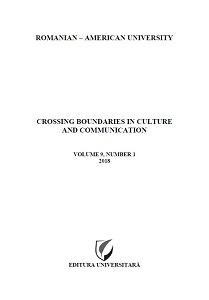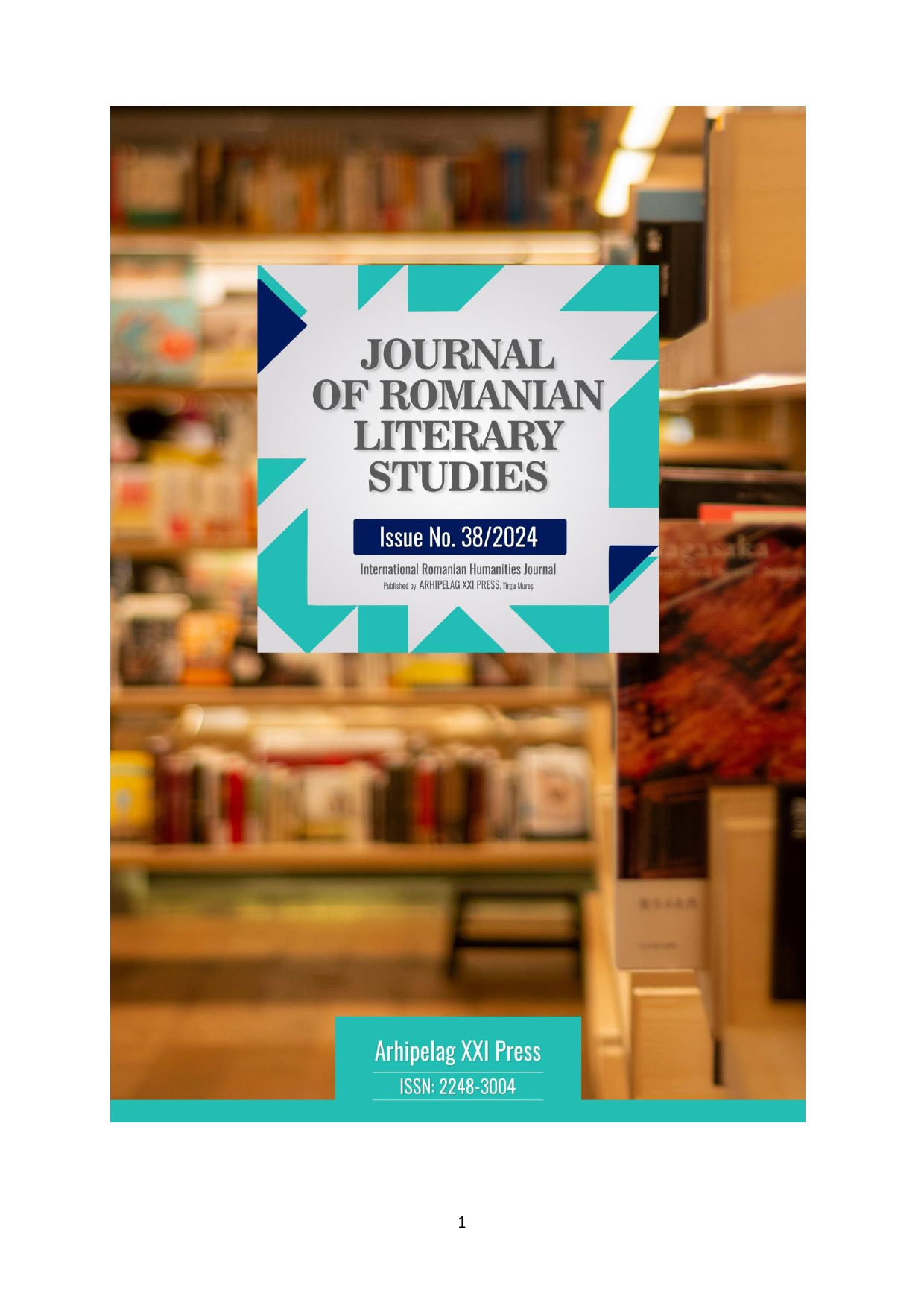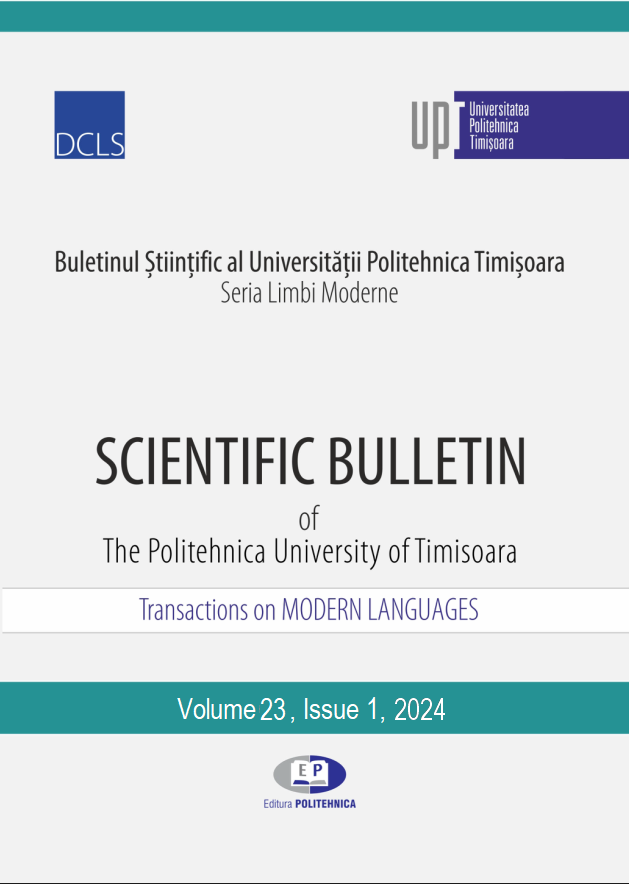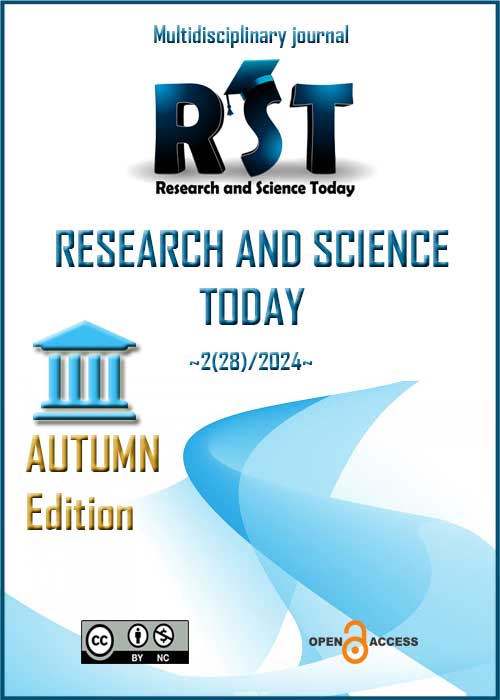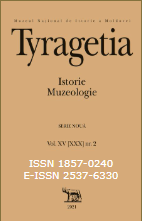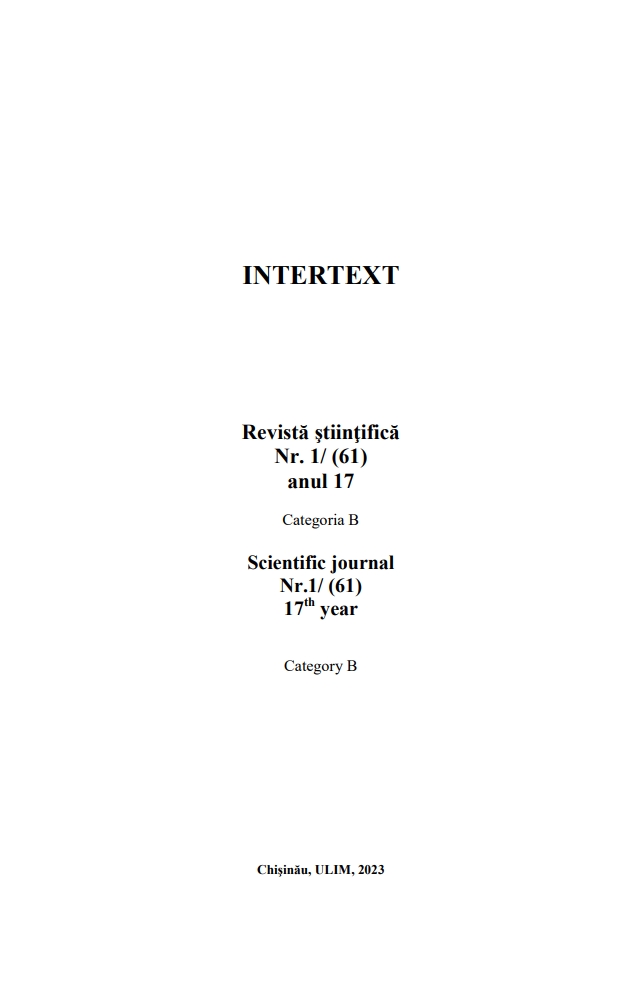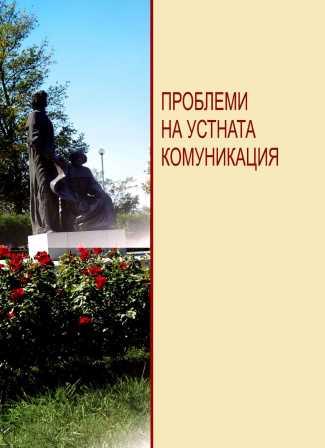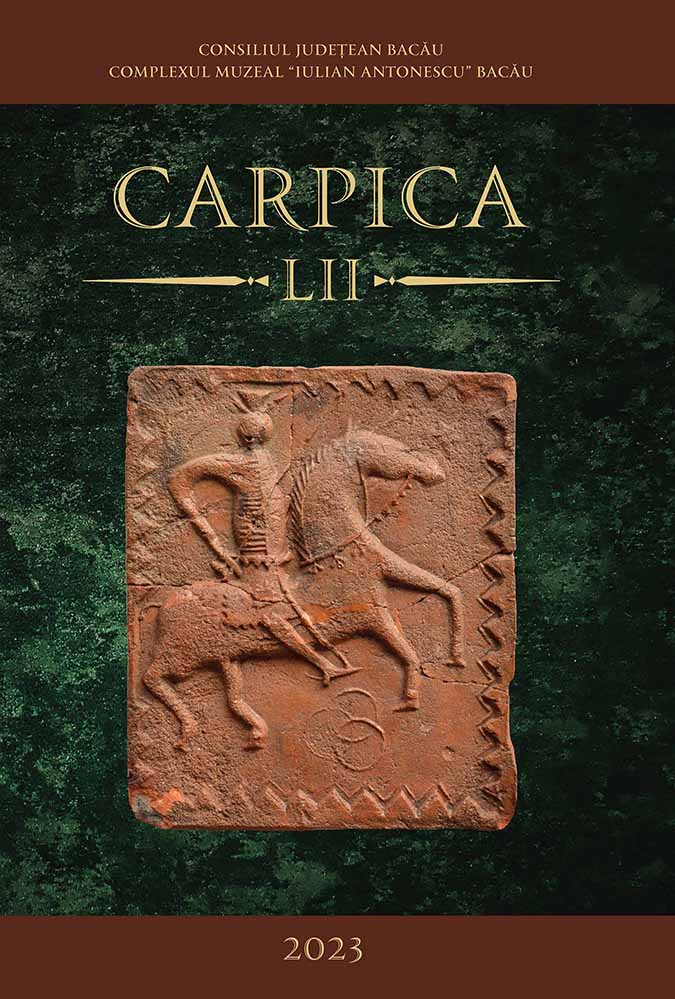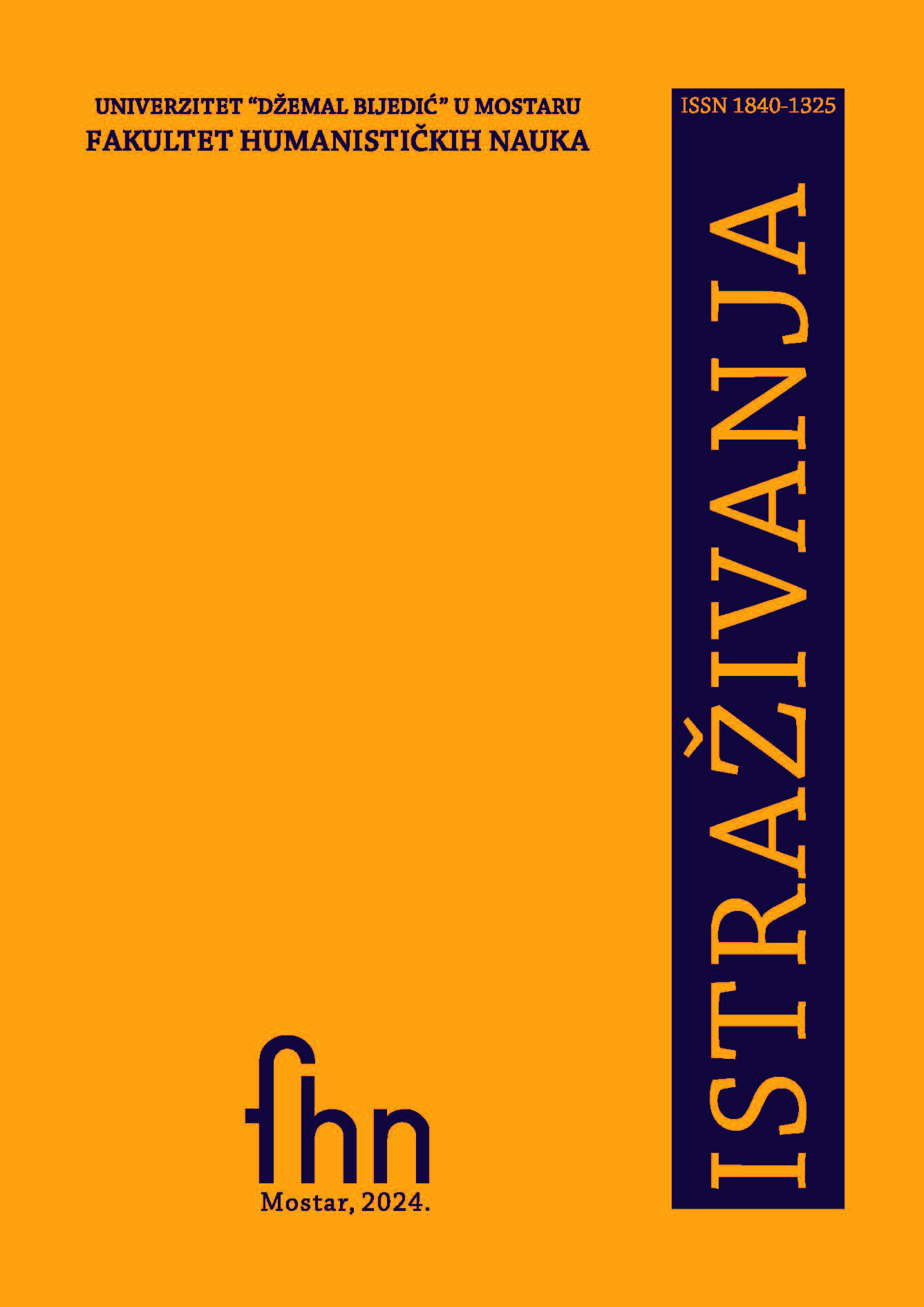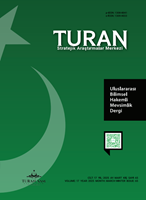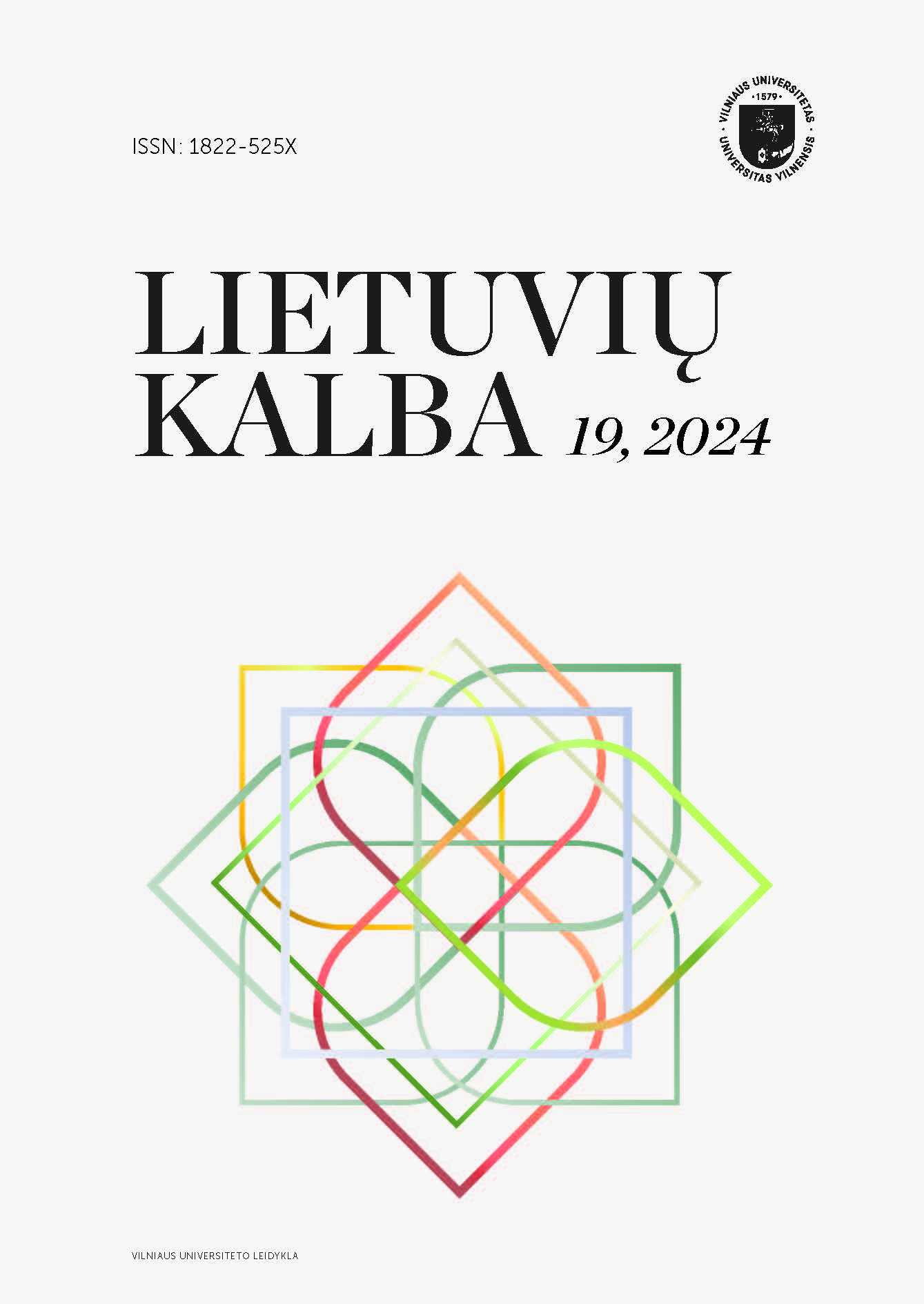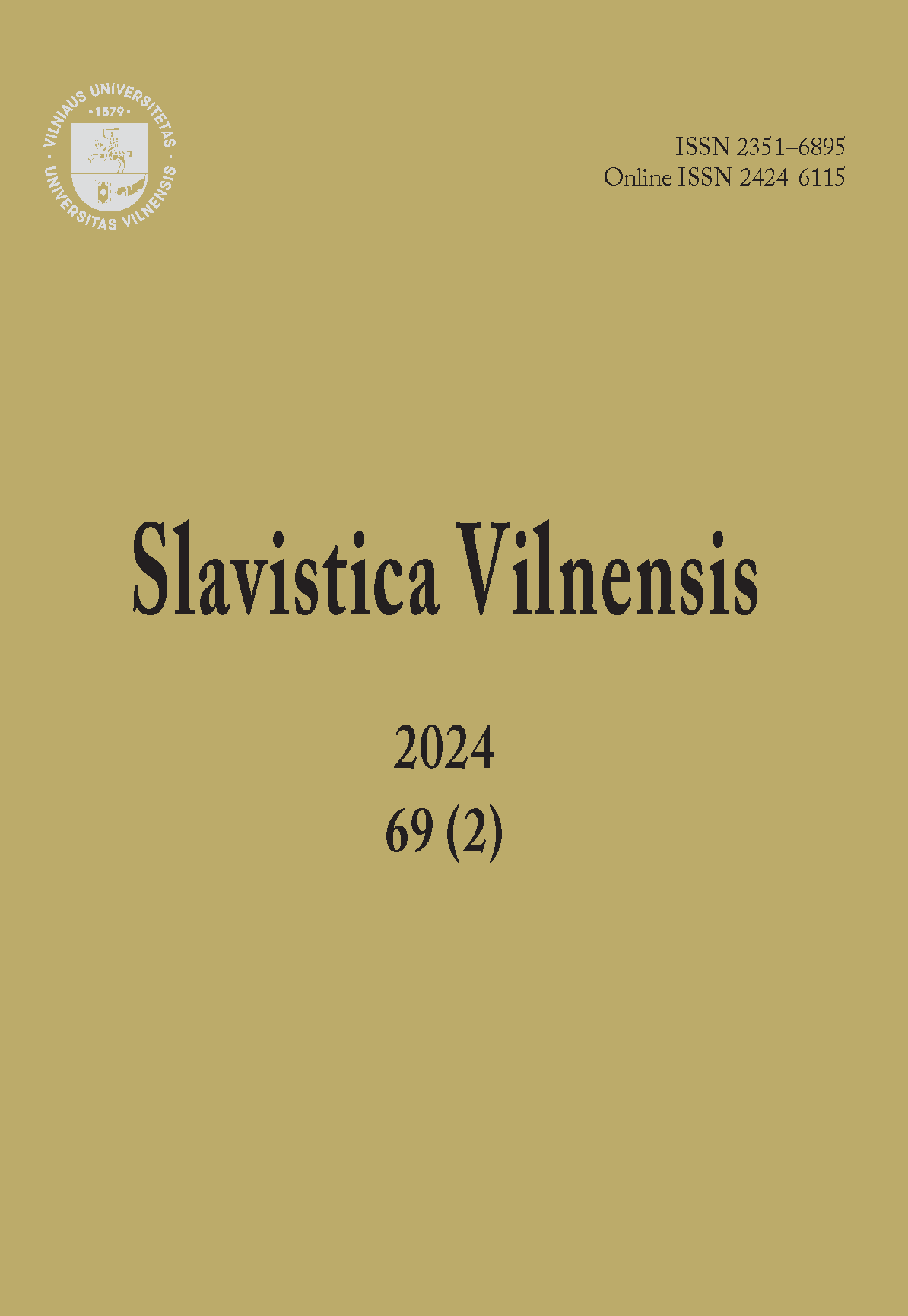Author(s): Viktorija Ušinskienė / Language(s): Lithuanian
Issue: 2/2024
The article presents the results of the contrastive semantic analysis of the main Polish and Lithuanian blueness names. The aim is to compare the collocability of color names with names of various objects and phenomena including the identification of the prototype references and connotative meanings. The research shows that the categorization of the blue spectrum is more complicated in the Polish language: in the Lithuanian language, blueness corresponds to two main names – mėlynas and žydras, while in Polish, in addition to the two basic terms niebieski ‘blue’ and błękitny ‘light blue’, the special name granatowy ‘very dark blue (almost black)’ and poetic modry ʻintense blue’ are widely used. The last two words have no direct equivalents in the Lithuanian language. The difference in linguistic categorization creates certain difficulties in translating assigned contexts from Polish to Lithuanian. In terms of synchronicity, the semantic prototype of the main Polish (niebieski / błękitny) and Lithuanian (mėlynas / žydras) terms can be considered sky, although etymologically, such a nominative model characterizes only the Polish niebieski < niebo ʻsky’. According to the primary semantics, the Polish term corresponds to the Lithuanian dangiškas < dangus ‘sky’, but it does not belong to the main names of this color. The prototype of the Polish side name siny is not a natural phenomenon, but an area of the human body that has turned blue due to cold, anger or a beating. In the Lithuanian language, in this case, the semantically close forms of the participles pamėlęs, pamėlynavęs or the main term mėlynas are used. The connotative meanings of the main names of blueness, such as ʻdistant, endless’, ‘being in heaven’, ‘divine, excellent’ have been identified for both languages. The latter meanings are characteristic of one of the main Polish terms – niebieski, and in the Lithuanian language it corresponds to the secondary, less frequently used name for blueness – dangiškas. The connotation ‘homosexual’ (žydras) occurs only in the Lithuanian language.
More...


